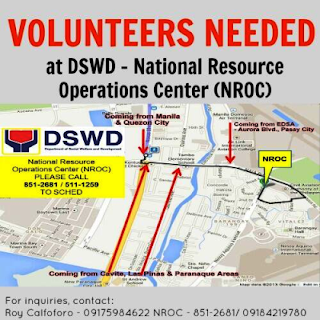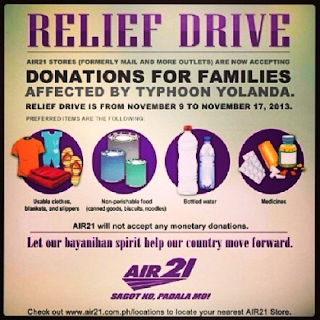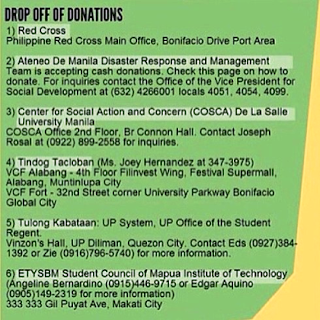Filipino are resilient and will surely find a way to survive despite the challenges and hardship they face. However, those obstacles can be easily overcome once the 'bayanihan' spirit kicks in.
A day after Typhoon Yolanda, the most powerful storm recorded this year, flattened entire towns across part of the Southeast Asian archipelago and killed thousands of Filipinos in the Visayas region, relief and aid effort operations went into high gear. Both local and international sources started to chip in and sent whatever they can to help, especially after hearing about desperate survival tactics that created fresh horrors.
As rescue workers struggled to reach ravaged villages along the coast, where the death toll is as yet unknown, survivors either foraged for food or searched for lost loved ones. Confused men, women and children walked aimlessly along roads strewn with overturned cars and felled power lines, some gagging from the stench of rotting flesh.
"I am a decent person. But if you have not eaten in three days, you do shameful things to survive," Edward Gualberto, a village councilor told the international news agency when asked for comments as he dug canned goods from the debris and flies swarmed over the bodies.
This is just one of the stories that stressed the importance on why local emergency aid stock needs to be delivered as soon as possible and replenished it again once it is depleted.
For those who are going to help, just make sure to be careful in dealing with the people or institutions who you think might be a legitimate donor. I published two articles in my blog before about a scam involving cyber-criminals taking advantage of Good Samaritans during the Haitian Earthquake and another one that used the Kapuso Foundation as a cover to ask people for help for the victims of Ondoy.
Try to make sure that you send your contributions to those who you believed are legitimate and are doing it all or the people of Tacloban. Below are some of the options that people can check to help out the affected victims and families in typhoon-hit areas:
A day after Typhoon Yolanda, the most powerful storm recorded this year, flattened entire towns across part of the Southeast Asian archipelago and killed thousands of Filipinos in the Visayas region, relief and aid effort operations went into high gear. Both local and international sources started to chip in and sent whatever they can to help, especially after hearing about desperate survival tactics that created fresh horrors.
As rescue workers struggled to reach ravaged villages along the coast, where the death toll is as yet unknown, survivors either foraged for food or searched for lost loved ones. Confused men, women and children walked aimlessly along roads strewn with overturned cars and felled power lines, some gagging from the stench of rotting flesh.
"I am a decent person. But if you have not eaten in three days, you do shameful things to survive," Edward Gualberto, a village councilor told the international news agency when asked for comments as he dug canned goods from the debris and flies swarmed over the bodies.
This is just one of the stories that stressed the importance on why local emergency aid stock needs to be delivered as soon as possible and replenished it again once it is depleted.
For those who are going to help, just make sure to be careful in dealing with the people or institutions who you think might be a legitimate donor. I published two articles in my blog before about a scam involving cyber-criminals taking advantage of Good Samaritans during the Haitian Earthquake and another one that used the Kapuso Foundation as a cover to ask people for help for the victims of Ondoy.
Try to make sure that you send your contributions to those who you believed are legitimate and are doing it all or the people of Tacloban. Below are some of the options that people can check to help out the affected victims and families in typhoon-hit areas:







